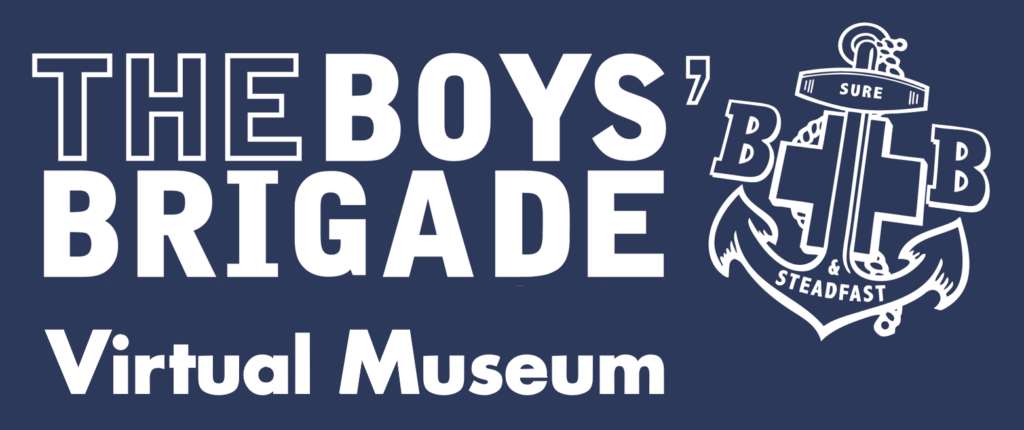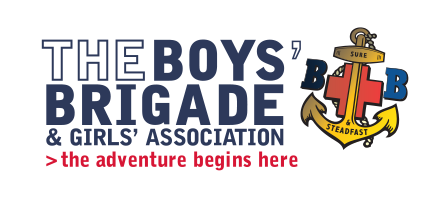The Boys’ Brigade Archive Trust Virtual Museum
The Boys’ Brigade was founded in 1883, partnering with local churches to work with children and young people, sharing the gospel, and encouraging the development of a personal Christian faith. From its early days in Victorian Glasgow, The Boys’ Brigade has reached the lives of millions of young people and leaders worldwide, and has spawned the organised youth work and uniformed youth culture which is an important part of society.
The Boys’ Brigade has a rich history and legacy, and much of this is preserved in the memories of current and former members. Whilst it is an exciting challenge to capture the spirit of The Boys’ Brigade through a virtual museum, we hope to have succeeded in creating an interactive experience which will help in re–living the story. This museum will continue to be developed, with new content being added through the efforts of volunteers dedicated to preserving the heritage of The Boys’ Brigade.
The Boys’ Brigade Archive Trust accepts donations of materials from individuals, Companies and Battalions, including correspondence, books, photographs, uniform, badges, flags, colours, records, and minute books.
If you would like to know more about contributing to the collection, please contact us.

































































































